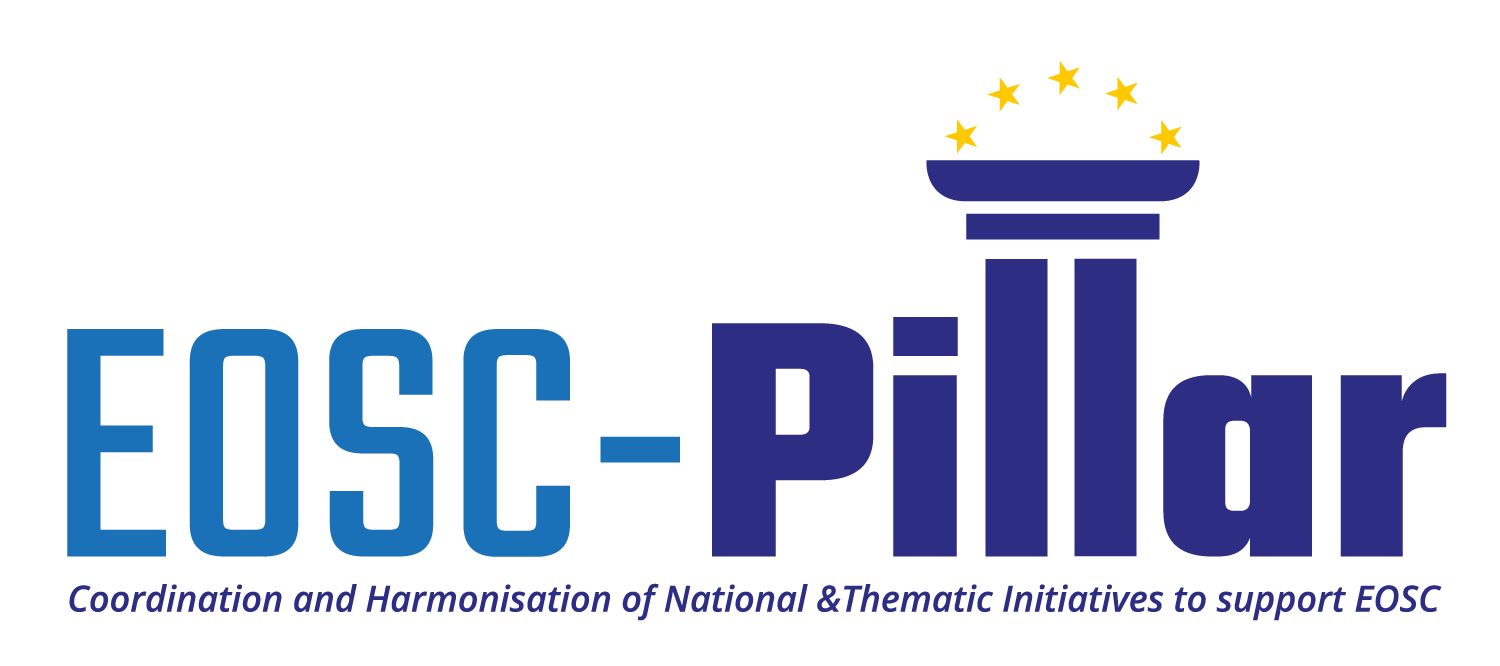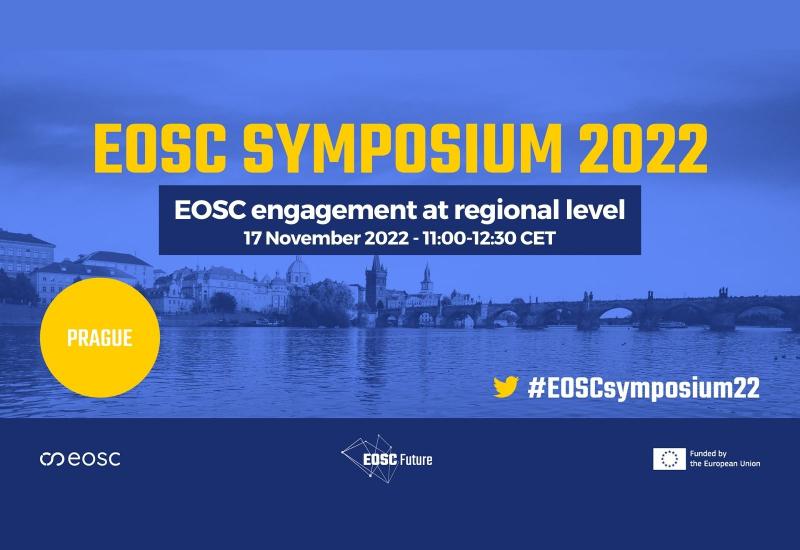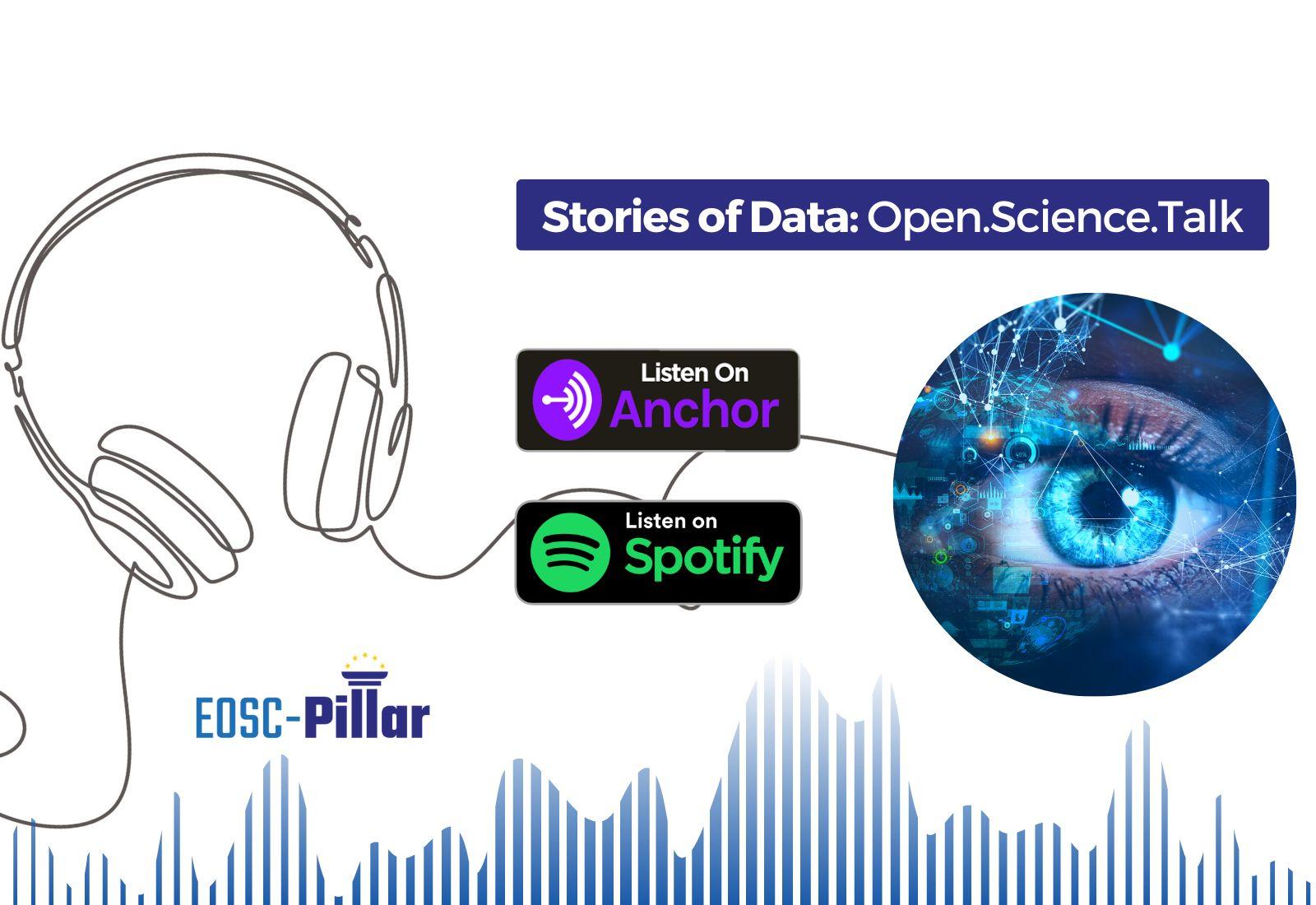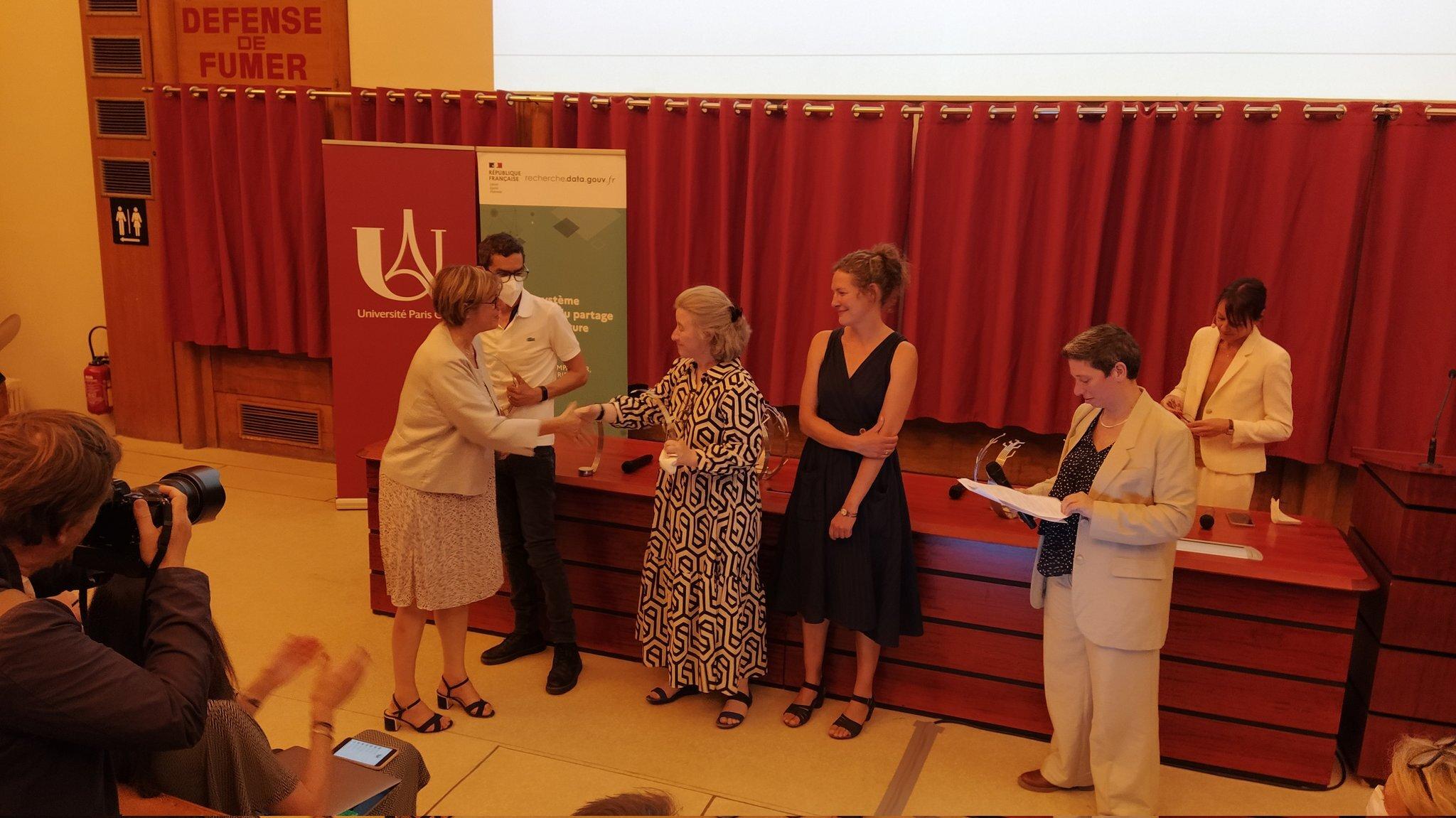
€900m German Open Science Initiative NFDI Progresses as EOSC Association Gears Up
February
22,
2021
News
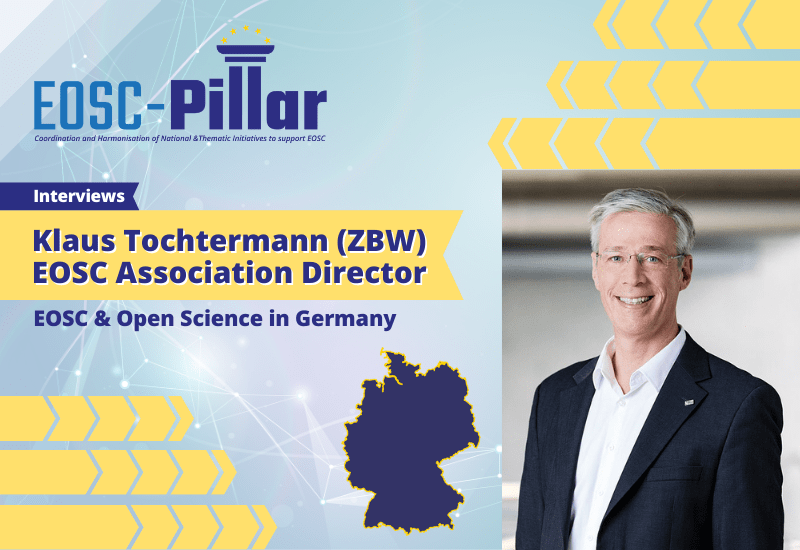
As part of the efforts of EOSC-Pillar countries to coordinate open science initiatives, Germany's flagship National Research Data Infrastructure (NFDI) has already engaged its first research consortia, just as the EOSC Association kick-starts its activities.
“In 2020, the first nine consortia of research communities started their work. In total, we expect 25 to 30 consortia to receive funding from the NFDI”, said EOSC Association Board Member Klaus Tochtermann (ZBW), adding, “The NFDI is intended to become a federated research data infrastructure at the national level and is thus the most important anchor for EOSC in Germany.”
Open Science has made some impressive moves forward across EU countries in 2020, and Germany was no exception. In an exclusive interview with EOSC-Pillar, one of the three newly-elected directors of the EOSC Association coming from the EOSC-Pillar countries discussed some of the latest exciting developments of the National Research Data Infrastructure (NFDI) in the context of the European Open Science Cloud (EOSC).
Consolidating national efforts through NFDI
The main step taken in Germany towards the promotion and adoption of Open Science principles in the context of EOSC was the creation of the National Research Data Infrastructure (NFDI), launched in 2020 with a budget of €900 Million for the next 10 years, and full support at the institutional level.
The NFDI will consist of a number of so-called consortia, deriving from the formation of scientific communities and service providers around specific subareas of research, defined thematically, methodologically, by the objects or by subject groups.
Each consortium will then develop and offer a service portfolio for research data management for its subarea. The proposal template included a chapter requiring consortia to outline how they will connect with international developments, such as EOSC, and how they will ensure compliance with the FAIR principles.
Tochtermann stressed the importance for national Open Science initiatives to take an active role in shaping the EOSC already from this stage, making sure that it is compatible with multiple areas of research across countries.
EOSC-Pillar has already started engaging with NFDI and can serve as a blueprint for how to connect national infrastructure initiatives with EOSC.

The EOSC Association in Germany
National landscapes are crucial for the success of the EOSC, the virtual environment where researchers will have access to open and seamless services for storage, management, analysis and re-use of research data, across borders and scientific disciplines by federating existing data infrastructures.
The progress of the newly-established EOSC Association (and of GAIA-X) is being closely followed via exchanges between the relevant actors in Germany, including the Ministry of Education and Research (BMBF), the Council for Information Infrastructures (RfII), the NFDI and the Alliance of Science Organisations.
In addition, institutional contact with the German EOSC Association Director Klaus Tochtermann is close, so it can be assumed that the work of the EOSC Association is heard and can have a relevant impact.
“The many German members of the EOSC Association cover all regions well. Thus, they can serve as a local contact point for other institutions in their region. Another model is known from the Netherlands, where a national Open Science platform has been set up, primarily as a hub for Open Science, but also serving EOSC. The two examples show that we need such contact points in principle. Whether they are organised decentrally as in Germany or centrally as in the Netherlands is irrelevant. In any case, it is important to draw even more attention to the benefits and advantages of an EOSC in lectures, seminars, etc,” Tochtermann said.
A key issue he identified is that as of the moment, far too few researchers still know far too little about EOSC, as also emerged from the EOSC-Pillar National Initiatives Survey last year.
One of the first tasks of the EOSC Association through 2021, in collaboration with institutions and projects such as EOSC-Pillar, is to bridge this gap with the wider research community and further involve national research organisations in the development and implementation of the European Open Science Cloud.
In conclusion, Tocthermann agreed that a major factor for the recent fast enhancements of Open Science initiatives in Europe was undoubtedly research related to the COVID-19 pandemic, which has once again demonstrated the advantages of OS.
He said, “It was only through open international collaboration that such rapid successes in genome sequencing, for example, were possible. At the same time, the importance of science communication and the interest in the influence of science on political decisions has greatly increased, as everyone is affected by the lockdowns, for example. Along with this, the importance of the traceability and reproducibility of research results has gained weight, and the transparency associated with Open Science has become more important.”
Follow EOSC-Pillar and get ready for our next interview with EOSC Association Director Suzanne Dumouchel (CNRS), with a focus on the latest developments in the Open Science landscape in France.



